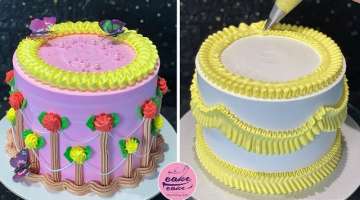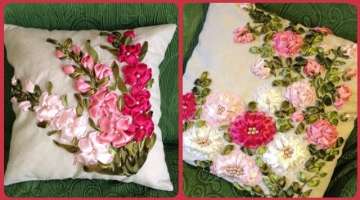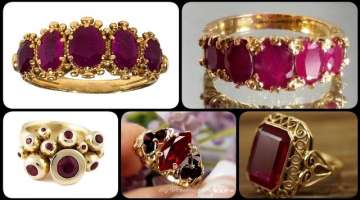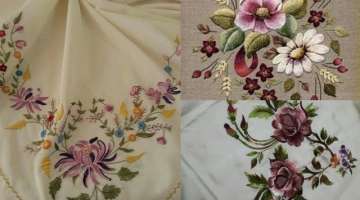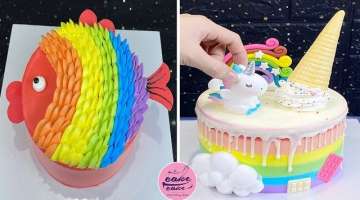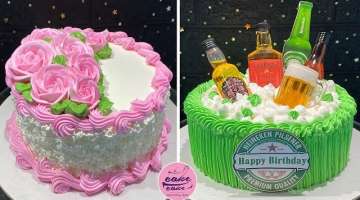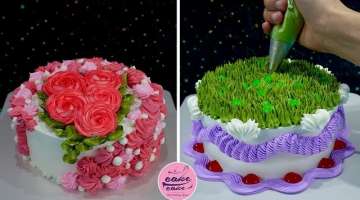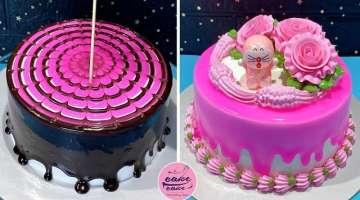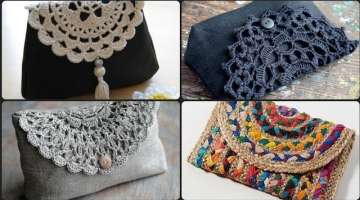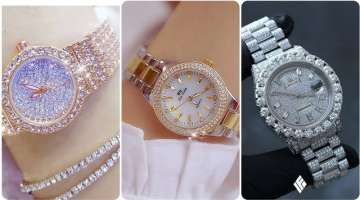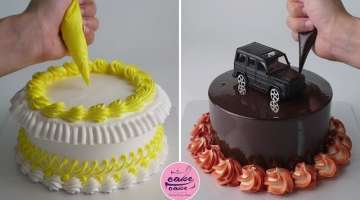20 Of The Cutest Maine Coon Kittens – The Gentle Giants, Waiting To Grow Up
Everybody, meet the Maine coons, a unique breed of domestic house cat that have been dubbed ‘gentle giants’. Although this giants breeding history of origin is unknown, it’s most likely its ancestors came with the ships of 11th-century Norsemen. In our opinion, these fluffy giants are the most majestic breed of cat around. With their stunning fluffy coats and amazing character traits. It’s difficult not to agree. We have compiled, our top 20 favourite photos of them for you to enjoy.
- 1 | 21

Maine coon cats are, without a doubt, the most majestic cat breed that has ever existed - their luxurious fluffy coats, fine physique, and character traits are what makes them so unique. And if fully grown Maine cats are exceptional, then wait until you see their cute kittens! These kitty cats have all the extra fuzz that a cat can have and more.
- 2 | 21

What is a Maine Coon cat? Let's talk about what a Maine Coon cat is not. A Maine Coon cat may be oversized, and sport a lion-like ruff at the neck, and wild toe tufts, but a Maine Coon is a not a lynx or a lynx cross. A Maine Coon cat may have an outrageous tail and a peculiar name, but a Maine Coon is not a raccoon hybrid (a biological impossibility, by the way) or related to a raccoon in any way.
- 3 | 21

What does a Maine Coon cat look like? A Maine Coon's appearance is so striking. This is a big cat. A really big cat. The Maine Coon was the largest domestic cat breed until the Savannah came along in the 1980s. Barivel, a Maine Coon who makes his home in Italy, is the current holder of the Longest Domestic Cat Living Guinness World Record. Barivel measures 3 feet 11.2 inches from nose to the tip of his tail.His predecessor, Stewie, was even longer.
- 4 | 21

Honestly, a lot of the photos and videos of Maine Coon cats make them look bigger than they actually are. This may have to do with camera angles and the fact that they have extravagant coats that give them a heftier appearance. But I like this video of some oversized Maine Coon cats anyway.
- 5 | 21

A healthy (not overweight) Maine Coon will weigh between eight and 18 pounds. He will be long or medium-haired with a prominent ruff on his chest like a lion, and longer fur around the upper hind legs (his "britches") and stomach. The fur is not ordinary fur: it's an uneven double-layered coat with longer guard hairs over a silky undercoat, that will vary depending upon the season: thicker in winter, thinner in summer. A Maine Coon will also have a long, bushy tail that can extend for up to 14 inches.
- 6 | 21

A Maine Coon is often described as having a "rectangular body." This just means that they are broad chested, muscular, and well-built, not svelte and lanky like some cats. They are late bloomers and don't fully fill out until they are three to five years old, unlike typical cats who mature by their first birthday.
- 7 | 21

Colors vary. The Cat Fancier's Association counts 75 color combinations and disallows only two (lilac and chocolate) because they may indicate crossbreeding. But the most common color is brown tabby. The tabby coat was so prevalent in Maine that locals referred to any non-tabby cats by a separate name: Maine Shags. Today there are solid colored Maine Coons in black, white, and red, and bi-colors who are red and white or blue and white.
- 8 | 21

A Maine Coon's head is slightly longer than it is wide, with high cheekbones, wide-set eyes, and a square muzzle. The eyes can be any color: green, gold, or copper. White or bi-colored cats may even have blue or odd eyes (known as heterochromia iridum). Some Maine Coons have an unusual feature: extra toes. Called polydactyly, the extra toes cause no threat to the cat's health, and one organization, TICA, even certifies them as a separate breed, the Maine Coon Polydactyl.[3] Many of the original Maine Coons had this trait, but it has mostly been bred out of the breed because this difference is disallowed in the show ring. But this physical feature was so beloved by some Maine Coon fanciers that private Maine Coon organizations sprung up in order to preserve it.
- 9 | 21

A Maine Coon is built for Maine. It's not all about looks: a Maine Coon was designed to weather the weather up in northern New England. A Maine Coon's dense, water-resistant fur – longer and shaggier on the undersides and rear is perfect for sitting in snow or on ice. A Maine Coon's long bushy tail is resistant to sinking in snow, and is handy for curling around the face and shoulders for protection when the wind is howling and snow is blowing. It can also be tucked under the backside, like a seat cushion at a football stadium in winter, when the cat is sitting in snow.
- 10 | 21

Maine Coons large paw (extra large if the cat has a few extra toes) behave like little built-in snowshoes, making walking on the snow easier. Toe tufts, while adorable, are really there to help keep toes warm. This cat's extra-long ear tufts help keep the ears toasty. Where did Maine Coon cats come from? There are some pretty good stories, though. My favorite involves Marie Antoinette, who was queen of France in the late 1700s.
- 11 | 21

Before she was executed in 1793, she tried to escape France with the help of Captain Samuel Clough. The story goes that she loaded up his ship with her most prized possessions, including her six long-haired cats, probably Turkish Angoras or Siberians. She didn't make it out, but her cats did – to Wiscasset, Maine where they mixed with all the local long- and short-haired kitties to produce the Maine Coon.
- 12 | 21

A less dramatic explanation for the Maine Coon's existence is that Vikings brought their Norwegian Forest Cats with them to keep vermin at bay on their ships, and today's Maine Coons are descendants of those Viking cats on shore leave. There is a strong resemblance between Maine Coons and Norwegian Forest Cats. The most likely explanation is that some long-haired cats were brought home as souvenirs by New England sailors. There is even a tale of a specific sea captain named Coon who brought long-haired cats with him.How convenient.
- 13 | 21

The very first mention of the Maine Coon was in The Book of the Cat written by F.R. Pierce in 1861. He explains the arrival of Maine Coons this way: "As for how and when they came, I would say, like Topsy, they just 'growed,' for their advent reaches far back beyond the memory of the oldest inhabitant."
- 14 | 21

Shortly after F.R. Pierce published his book, some Maine farmers held the "Maine State Champion Coon Cat" contest at the Skowhegan Fair. And in 1895 a dozen Maine Coons were entered into one cat show in Boston and in another at Madison Square Garden in New York. A female Maine Coon named Cosey won best in show in New York. The silver dollar that Cosey won is now on display at the Cat Fancier's Association library.
- 15 | 21

The breed began to decline after other long-haired cats, like the Persian, were introduced. The cat was actually declared extinct in the 1950s, although whoever declared it was clearly being overdramatic. Around the same time the Central Maine Cat Club was formed in a successful attempt to reignite interest in the breed. Today, the Maine Coon is the third most popular breed in the U.S. (according to CFA registration statistics in 2015), and beloved in Japan and Europe.
- 16 | 21

What is a Maine Coon cat's personality? This is not just a beutiful cat, this is a nice cat. Sociable, gentle, intelligent, affectionate. These are some of the words used to describe the Maine Coon cat. Could you ask for anything more? A Maine Coon cat is loyal to his family, but it may take time for him to decide whether or not to trust you. Once he does, he'll follow you around house. But he may remain observant of strangers until he gets to know them, too. Speaking of family, this is a cat who fits in with the whole family: Maine Coons are known to be compatible with cat-savvy dogs and even children.
- 17 | 21

While your Maine Coon may follow you around the house, she's not needy or clingy. This is an independent cat, which is not say she's above accepting an invitation to sit on a lap. Maine Coons are high energy cats, who remain kitten-like and playful throughout their lives. The males are a bit sillier, and the females more dignified, but both will need toys and puzzles to help them expend their considerable energy stores and exercise their active minds. These cats were originally kept by Maine farmers and ships' captains for their keen hunting skills and most will need to continually express the hunter side of themselves through toys.
- 18 | 21

Maine Coons have above-average intelligence. You can keep your cat's mind sharp by training him to do tricks. This is a breed that can also be taught to walk on a leash. How fun. Contrary to lore that says that all cats hate water, the Maine Coon is fascinated by water. Some will join their humans briefly in the shower, or balance on the edge of the tub and play in the bath. The Cat Fancier's Association says this about Maine Coons and their obsession with water.
- 19 | 21

"Most Maine Coon Cats have a fondness of water, to be in it, watch it, wash their food in it, or just plain play in it, so don't be surprised if you have an uninvited guest in your shower or help washing the dishes on any given day." The Maine Coon is a vocal cat. Don't bring a Maine Coon into your life if you think silence is golden. That being said, a Maine Coon's voice is sweet and melodious.
- 20 | 21

Do Maine Coon cats have health problems? The Maine Coon is a healthy cat. The median lifespan of the breed, according to a pet insurance study, is greater than 12.5 years. But they are predisposed to certain health conditions. Feline hypertrophy cardiomyopathy (FHC). FHC is the most common form of heart disease in all cat breeds. It causes a thickening of the heart muscle, which in turn causes heart failure and sometimes sudden death. Avoid breeders who say they have HCM-free lines – it's impossible to guarantee that a cat won't develop the disease.
- 21 | 21

Hip displaysia. Hip displaysia is a defect of the hip socket that is more common in the males of larger, big boned species, like Maine Coons and Persians. The disease can be mild, causing little to no pain, or it can cause crippling lameness and arthritis. Spinal muscular atrophy (SMA). SMA is another inherited disease, that causes the death of neurons in the spinal cord. Kittens as young as 3-4 months of age will show symptoms of the disease, which causes muscle atrophy and weakness. Kittens who are affected may walk with swaying rear ends and have difficulty jumping. Luckily, this disease doesn't cause pain and isn't fatal.
